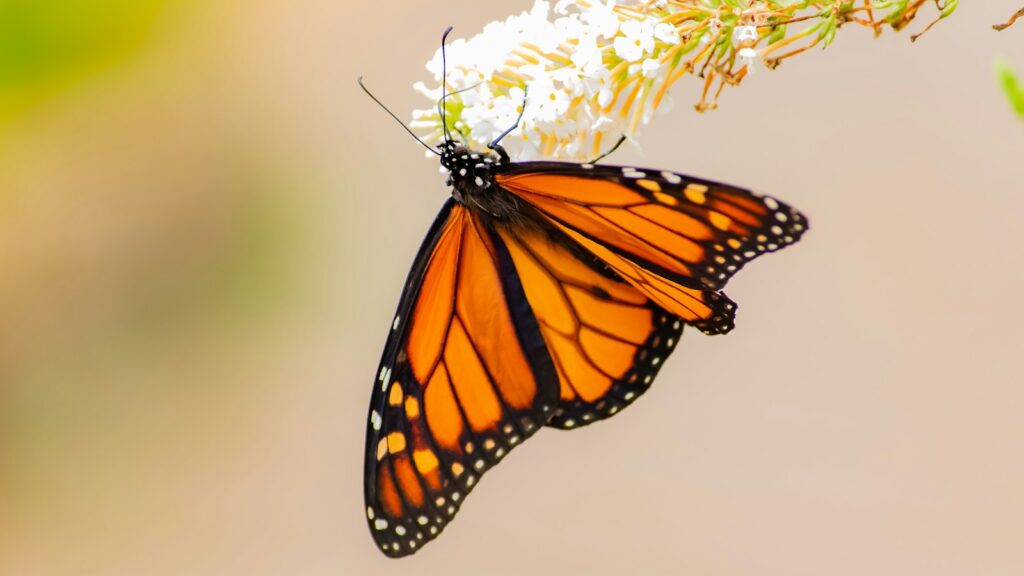Picture this: you’re walking through a garden when a bright yellow and black insect lands on your arm. Your immediate instinct? Step away quickly, assuming it’s a dangerous wasp ready to sting. But what if I told you that this “wasp” is actually a harmless fly, wearing a costume more convincing than any Halloween disguise? Welcome to the fascinating world of insect mimicry, where nature’s greatest con artists have perfected the art of deception through millions of years of evolution.
This phenomenon isn’t just a quirky biological curiosity—it’s a sophisticated survival strategy that reveals the incredible intelligence of natural selection. Some insects have discovered that looking dangerous is far more effective than actually being dangerous, leading to one of nature’s most brilliant evolutionary shortcuts.
The Science Behind Nature’s Greatest Deception

Batesian mimicry, named after naturalist Henry Walter Bates, represents one of evolution’s most cunning strategies. This biological phenomenon occurs when a harmless species evolves to resemble a harmful one, gaining protection through borrowed intimidation. The concept works because predators learn to associate certain colors and patterns with danger, creating an umbrella of protection that extends far beyond the truly dangerous species.
The effectiveness of this strategy depends entirely on the ratio between mimics and models. If too many harmless mimics exist compared to their dangerous counterparts, predators begin to catch on to the ruse. This creates a natural balance where the deception remains effective enough to provide survival benefits without becoming so common that it loses its power.
When Flies Pretend to Be Wasps

Perhaps the most common example of insect mimicry occurs in the fly family, where numerous species have evolved to look remarkably similar to wasps and bees. Hoverflies, also known as flower flies, have mastered this art with their yellow and black striped bodies that perfectly mimic the appearance of their stinging cousins. These flies even go so far as to mimic the flight patterns of wasps, hovering in place and making quick, jerky movements.
The resemblance is so convincing that even experienced entomologists sometimes need a second look to distinguish between the real deal and the impostor. Some hoverfly species have taken this mimicry to extraordinary lengths, developing fuzzy bodies to mimic bumblebees or sleek profiles to resemble hornets. The key difference lies in their eyes—flies have larger, more prominent compound eyes compared to wasps.
The Monarch Butterfly’s Copycat Crisis

The monarch butterfly represents one of nature’s most famous toxic species, with its bright orange and black wings serving as a universal warning sign. These butterflies accumulate toxins from milkweed plants during their caterpillar stage, making them extremely unpalatable to birds and other predators. Their distinctive coloration has become so associated with danger that it’s inspired an entire industry of copycats.
The viceroy butterfly has evolved to closely resemble the monarch, despite being completely harmless and actually quite tasty to predators. This mimicry is so successful that viceroys enjoy significant protection from bird predation, even though they lack any toxic compounds. Recent research suggests that viceroys may have their own mild toxicity, but they still benefit tremendously from their resemblance to the more dangerous monarch.
False Coral Snakes and Their Insect Equivalents
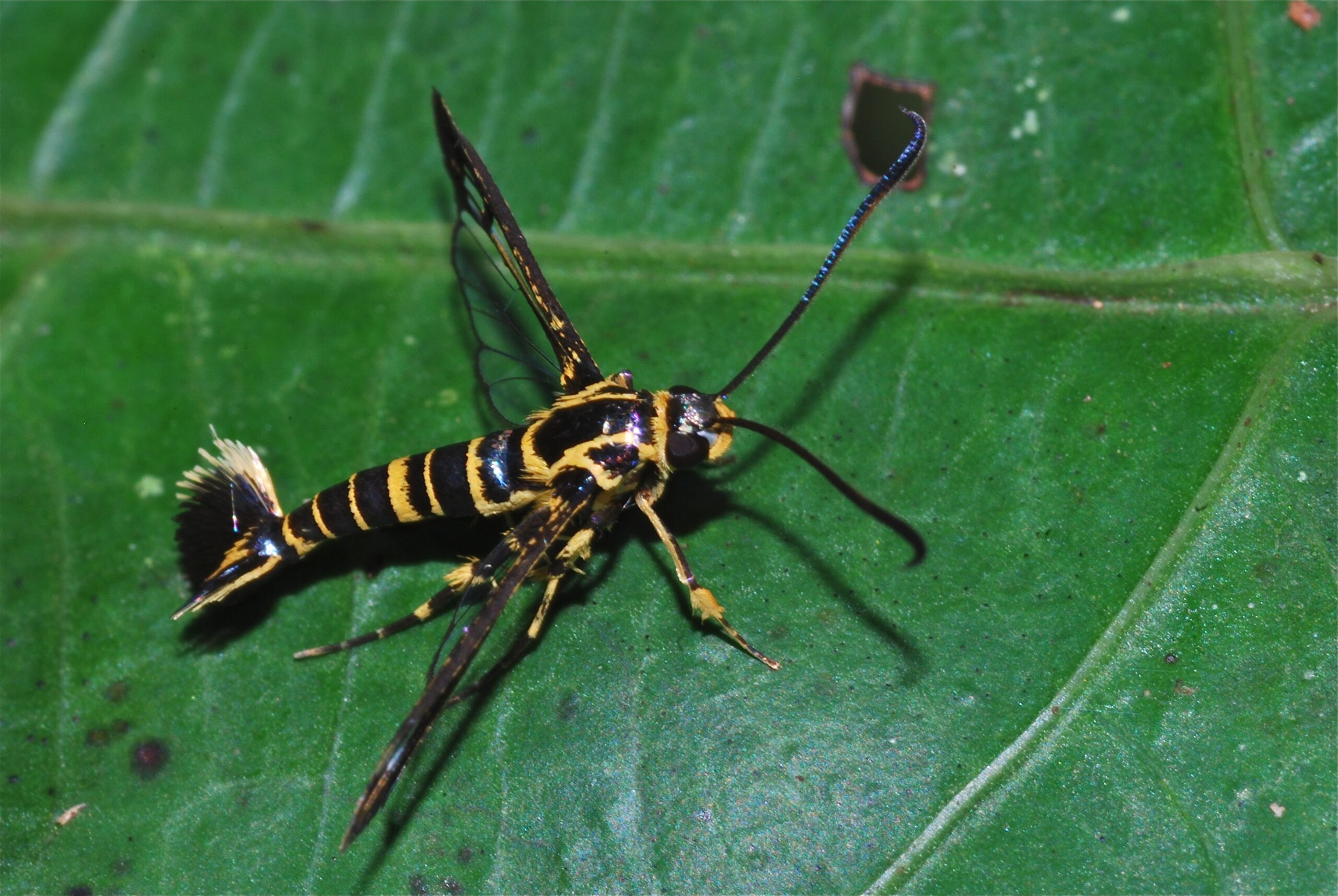
The famous rhyme “red touches yellow, kill a fellow” refers to the deadly coral snake, but many harmless species have evolved similar banding patterns to capitalize on this fear. In the insect world, similar patterns emerge with moths and beetles that mimic the warning colors of their more dangerous relatives. These imposters often display bright reds, yellows, and blacks in patterns that trigger immediate avoidance responses in predators.
Some clearwing moths have evolved to look almost identical to dangerous wasps, complete with transparent wings and striped abdomens. These moths fly during the day, unlike most of their nocturnal relatives, specifically to take advantage of their wasp-like appearance. The mimicry is so precise that they even move their antennae in a manner similar to wasps, completing the illusion.
The Evolutionary Arms Race

The relationship between mimics and their models creates a fascinating evolutionary arms race. As predators become better at distinguishing between real threats and fake ones, both the dangerous species and their mimics must continually evolve to maintain their effectiveness. This constant pressure has led to increasingly sophisticated forms of mimicry that go far beyond simple coloration.
Some species have evolved behavioral mimicry alongside their visual deception, adopting the movements, sounds, and even chemical signatures of their dangerous counterparts. This multi-layered approach makes the mimicry more convincing and harder for predators to detect. The result is a continuous cycle of adaptation and counter-adaptation that has been playing out for millions of years.
Chemical Warfare and Borrowed Toxins

While many mimics rely purely on visual deception, others have taken a more sophisticated approach by actually acquiring some of the chemical defenses they’re advertising. Some butterflies and moths can sequester toxins from their food plants, giving them a degree of protection that matches their warning coloration. This blurs the line between true mimicry and honest signaling.
Certain beetle species have evolved the ability to produce their own toxic compounds while maintaining the bright warning colors that advertise their danger. These species represent a middle ground between harmless mimics and truly dangerous models, showing how evolution can take multiple paths to achieve the same protective outcome.
The Cost of Being a Fake

Mimicry isn’t without its costs. Many mimic species must invest significant energy in producing and maintaining their deceptive coloration, which could otherwise be used for reproduction or survival. The bright colors that provide protection also make these insects more visible to predators that haven’t learned to associate the patterns with danger, creating a trade-off between protection and exposure.
Additionally, mimics often face restrictions on their behavior and habitat choices to maintain their deception. A hoverfly that mimics a wasp must behave somewhat like a wasp to be convincing, which may limit its feeding opportunities or mating behaviors. These constraints show that even the most successful evolutionary strategies come with compromises.
Regional Variations and Local Adaptations
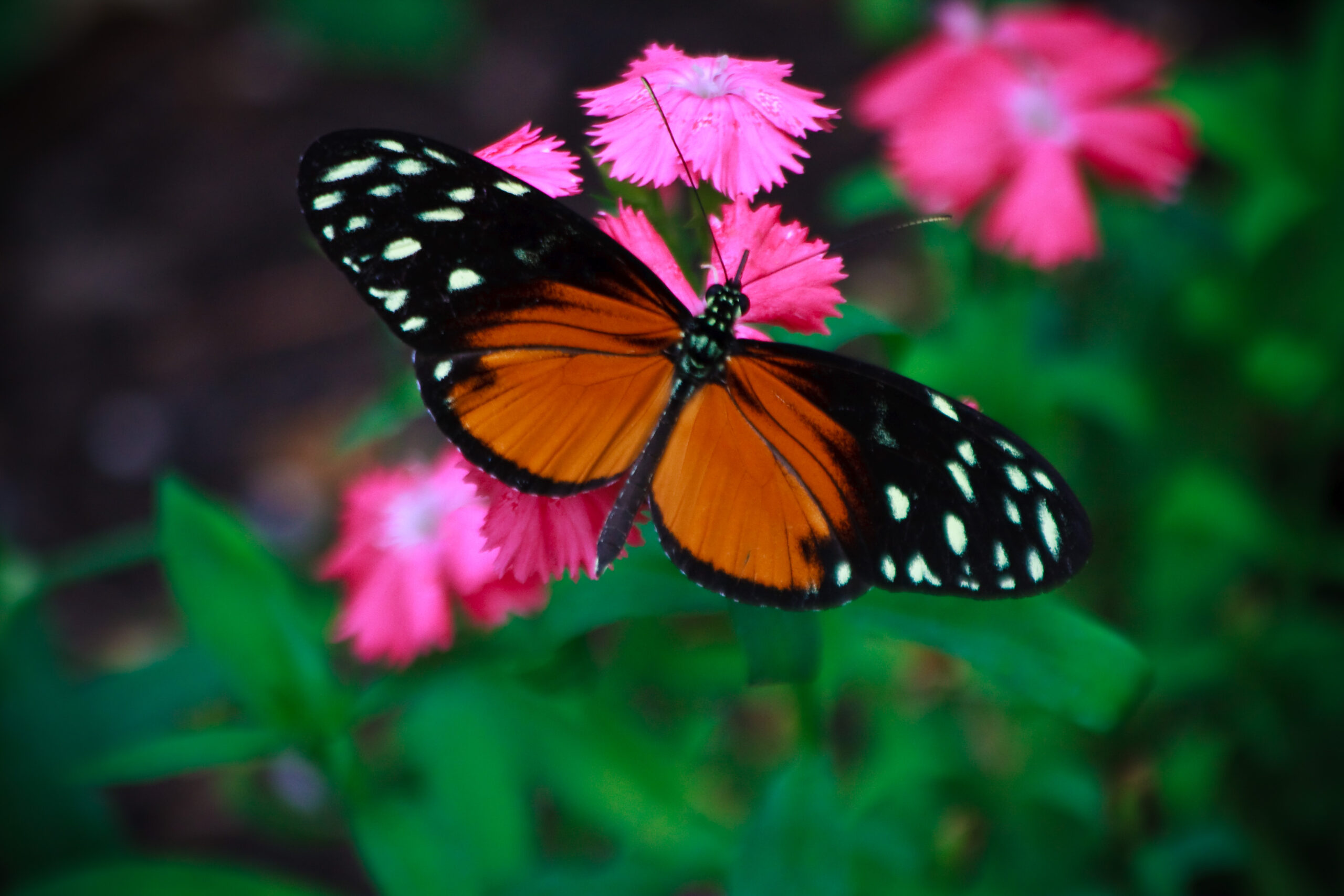
Mimicry patterns often vary significantly across different geographical regions, reflecting local predator communities and model species. A butterfly species might mimic one toxic butterfly in South America while resembling a completely different species in North America. These regional adaptations demonstrate the incredible plasticity of evolutionary responses to local environmental pressures.
Climate change and habitat destruction are now disrupting these carefully balanced mimicry systems. As species distributions shift and local ecosystems change, some mimics may find themselves without their models, or in environments where their deception is no longer effective. This adds a new layer of complexity to conservation efforts, as protecting mimics may require preserving entire mimicry complexes.
The Intelligence of Natural Selection
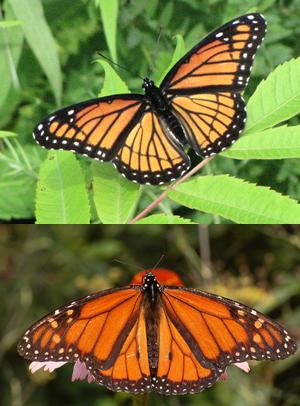
The precision of insect mimicry reveals the remarkable “intelligence” of natural selection in solving complex problems. Evolution has repeatedly discovered that looking dangerous is often more efficient than actually being dangerous, leading to convergent evolution where unrelated species develop similar warning signals. This process has created some of the most stunning examples of biological artistry in the natural world.
The mathematical precision with which some species match their models is truly remarkable. Computer analysis of wing patterns reveals that some butterfly mimics match their models to within fractions of a millimeter, achieving accuracy that would be impressive even for human designers. This level of precision emerges from thousands of generations of fine-tuning through natural selection.
Modern Technology Reveals Ancient Secrets
Recent advances in genetic analysis and high-resolution imaging have revealed new layers of complexity in insect mimicry. Scientists can now trace the genetic basis of mimetic patterns, showing how relatively simple genetic changes can produce dramatic shifts in appearance. Some species have evolved genetic switches that allow them to produce multiple mimetic forms within the same population.
UV photography has revealed that many insects have patterns invisible to human eyes that play crucial roles in their mimicry. These hidden patterns add another dimension to the deception, showing that the full complexity of insect mimicry extends far beyond what we can see with naked eyes. This discovery has led to a complete reassessment of many species previously thought to be simple mimics.
The Predator’s Perspective
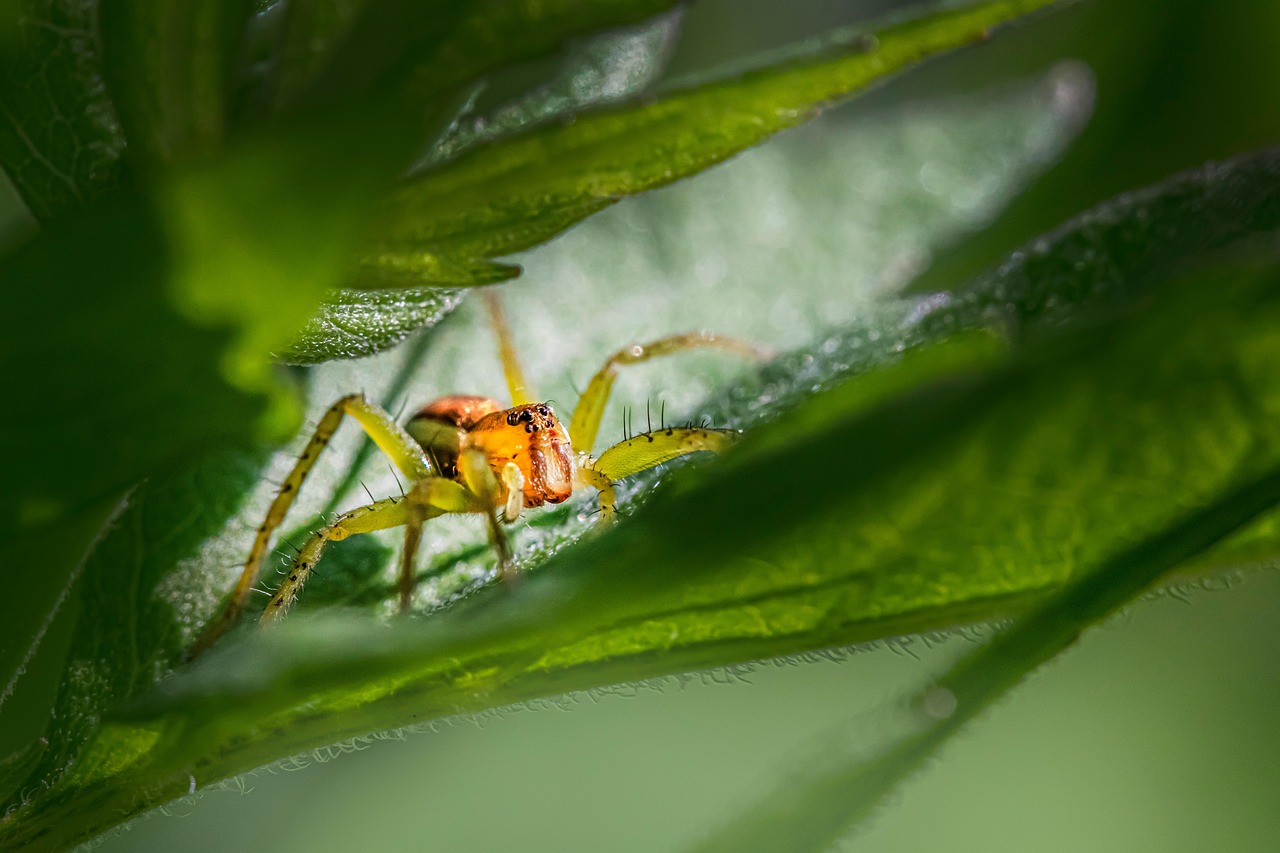
Understanding mimicry requires examining it from the predator’s point of view. Birds, spiders, and other insect predators have evolved sophisticated visual systems that allow them to distinguish between different types of prey. However, these same visual systems create opportunities for deception when mimics can exploit the way predators process visual information.
Recent research using artificial neural networks modeled on bird vision has shown that many mimetic patterns are optimized specifically for the visual systems of their primary predators. This suggests that mimicry evolution is driven by detailed “knowledge” of predator sensory biology, even though this knowledge emerges through blind evolutionary processes rather than conscious design.
Incomplete Mimics and Partial Protection

Not all mimics achieve perfect resemblance to their models, yet they still gain significant protection from their imperfect deception. These “incomplete mimics” reveal that evolution often works through incremental improvements rather than sudden perfection. Even a slight resemblance to a dangerous species can provide survival benefits, creating stepping stones toward more sophisticated mimicry.
Some species display what researchers call “jack-of-all-trades” mimicry, where a single species resembles multiple dangerous models without perfectly matching any of them. This strategy can be particularly effective in environments with diverse predator communities, where different predators may be fooled by different aspects of the mimicry.
The Future of Insect Mimicry

Climate change and human activity are creating new pressures on mimicry systems worldwide. As species ranges shift and ecosystems change, some mimics may find themselves separated from their models, while others may encounter new predators unfamiliar with their deceptive signals. These changes are creating natural experiments that may reveal new aspects of how mimicry systems evolve and adapt.
Conservation efforts increasingly recognize the importance of preserving entire mimicry complexes rather than individual species. This approach requires understanding the intricate relationships between models, mimics, and predators, highlighting the interconnected nature of ecosystem preservation. The future of insect mimicry depends on maintaining these complex relationships in an rapidly changing world.
Lessons from Nature’s Con Artists
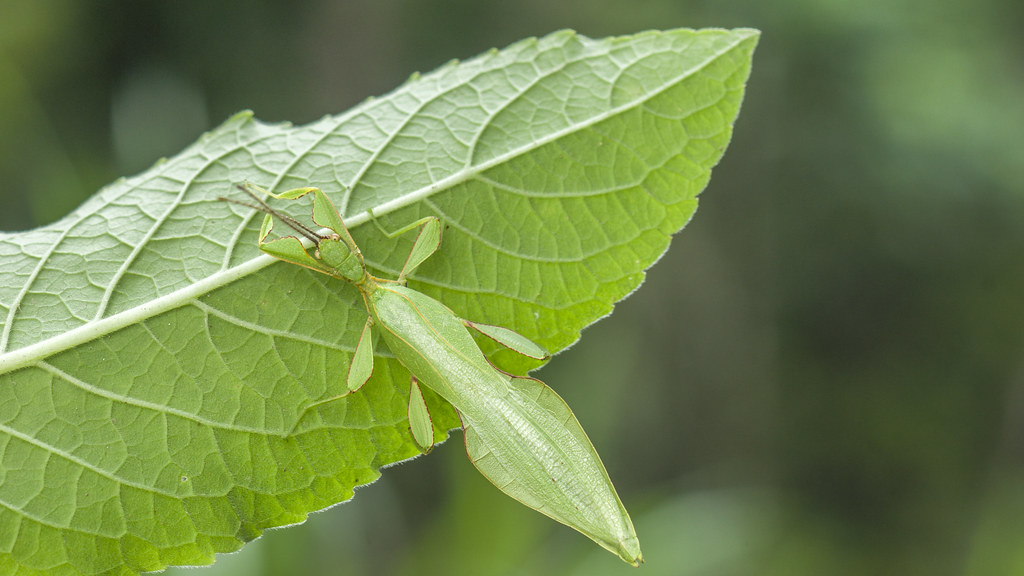
The world of insect mimicry offers profound insights into the creative power of evolution and the complex relationships that shape life on Earth. These natural con artists have perfected the art of deception through millions of years of refinement, creating some of the most convincing disguises in the natural world. Their success demonstrates that in nature, appearance can indeed be more important than reality.
The study of mimicry continues to reveal new layers of complexity and sophistication in what might appear to be simple color patterns. As we develop better tools for understanding these systems, we gain deeper appreciation for the intricate ways that species interact and influence each other’s evolution. The humble insects that “dress in warning colors they don’t deserve” remind us that nature’s solutions to survival challenges are often far more clever and nuanced than we initially imagine.
Next time you see a brightly colored insect, take a moment to consider whether you’re looking at a genuine threat or a masterful impostor. The answer might surprise you more than you’d expect.

